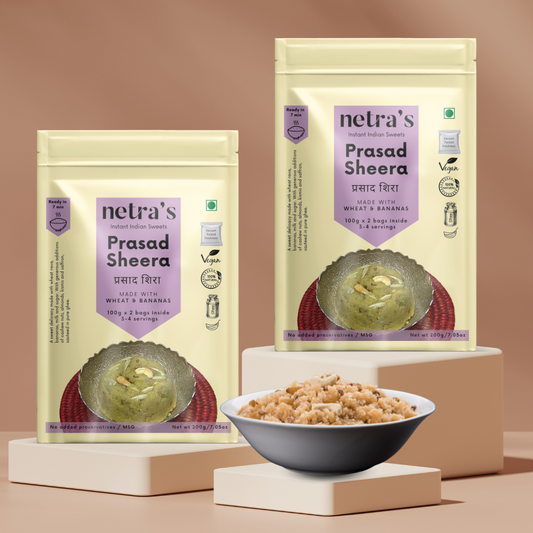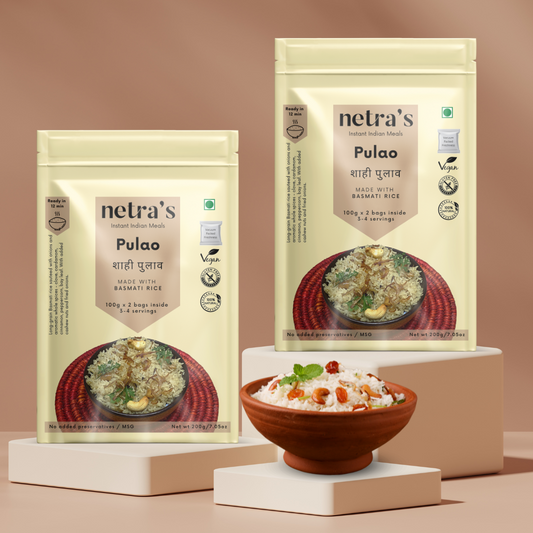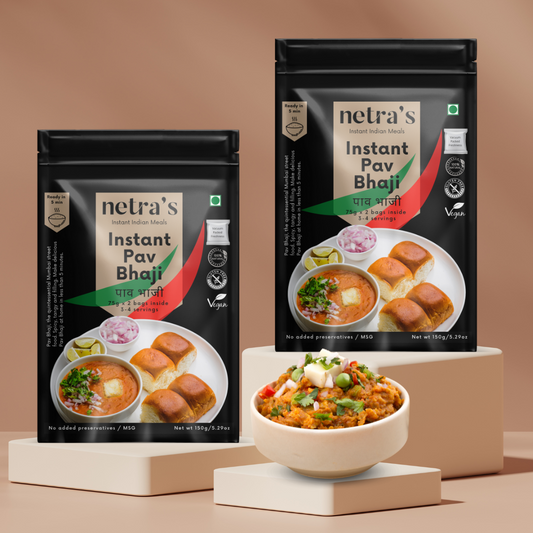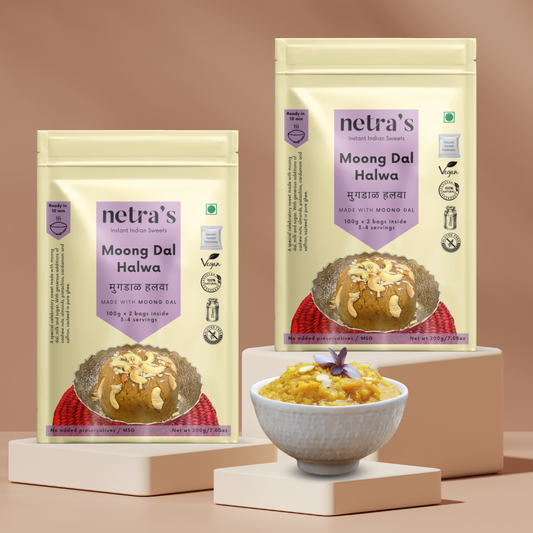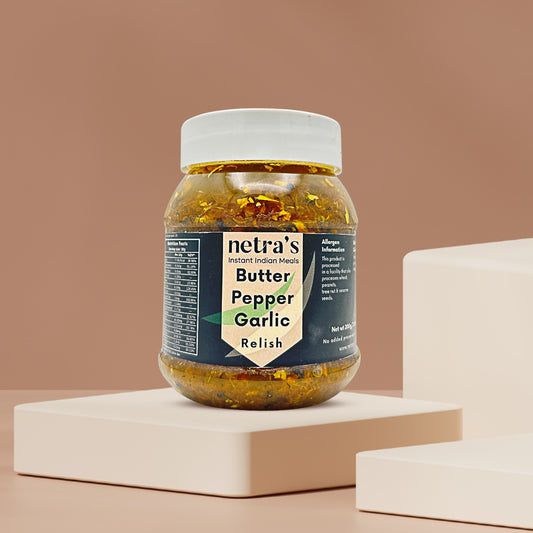When we hear the word instant food, many of us immediately think of unhealthy, preservative-loaded meals that lack nutrition. But is that really the truth? In today’s fast-paced lifestyle, instant foods are no longer just about convenience - they are evolving into balanced, wholesome options designed to nourish as much as they satisfy.
In this article, we’ll break down the nutrient content of instant foods, compare them with home-cooked meals, and bust some common myths.
The Changing Face of Instant Foods
Gone are the days when instant foods meant noodles and processed snacks. With rising health awareness, brands are now creating instant mixes, ready-to-eat meals, and beverages enriched with protein, fiber, vitamins, and minerals. Many are preservative-free, made with natural ingredients, and portion-controlled for better health management.
Example: Instant poha or upma mixes often include dehydrated vegetables, whole grains, and healthy spices - offering both taste and nutrition in just a few minutes.
Nutrient Content: Instant vs. Home-Cooked
A common belief is that home-cooked meals are always healthier than instant foods. While traditional cooking offers control over ingredients and freshness, modern instant meals aren’t far behind.
Key Comparisons:
-
Calories & Portion Size
-
Instant meals usually come in pre-measured packs, helping you avoid overeating.
-
Home-cooked meals may vary in portion size, often leading to higher calorie intake.
-
Nutrients
-
Many instant products now use whole grains (oats, millets, brown rice) and real veggies.
-
With fortified mixes, instant foods can provide added iron, calcium, and B-vitamins.
-
Home-cooked meals are naturally nutrient-rich, especially when fresh produce is used.
-
Convenience & Shelf Life
-
Instant foods are ideal for busy schedules, travel, or students living away from home.
-
Home-cooked meals require time, ingredients, and preparation - which isn’t always possible.

Myths vs. Facts About Instant Foods
Myth 1
Instant foods are full of preservatives.
Fact
Many instant brands now use natural drying methods, vacuum sealing, and airtight packaging — eliminating the need for artificial preservatives.
Myth 2
Instant means junk food.
Fact
From instant protein shakes to millet-based snacks, today’s instant options are far from “junk.” They’re designed to meet nutritional needs.
Myth 3
Instant foods lack fiber and protein.
Fact
Products made with dals, millets, oats, and pulses provide plenty of fiber and protein, making them as filling as home-cooked meals.
When to Choose Instant Foods
-
Busy mornings – A quick bowl of instant upma with veggies can be healthier than skipping breakfast.
-
Traveling – Carrying preservative-free instant mixes ensures safe, hygienic meals on the go.
-
Post-workout – Instant protein mixes can help replenish energy faster.
-
Late-night hunger – Instead of ordering fast food, an instant soup or poha mix is a better choice.
Final Thoughts
The perception of instant foods being “unhealthy” is outdated. Today’s options offer a balance of convenience, taste, and nutrition - making them a smart choice when selected mindfully.
Of course, nothing replaces the love and freshness of a home-cooked meal. But on days when life gets hectic, you don’t have to compromise your health. Choosing the right instant foods ensures you stay nourished without losing precious time.
If you’re looking for healthy, preservative-free, and authentic Indian instant meals, Netra’s is the best choice. From wholesome pulao to traditional sheera, their instant mixes bring home-style taste with the convenience you need.

